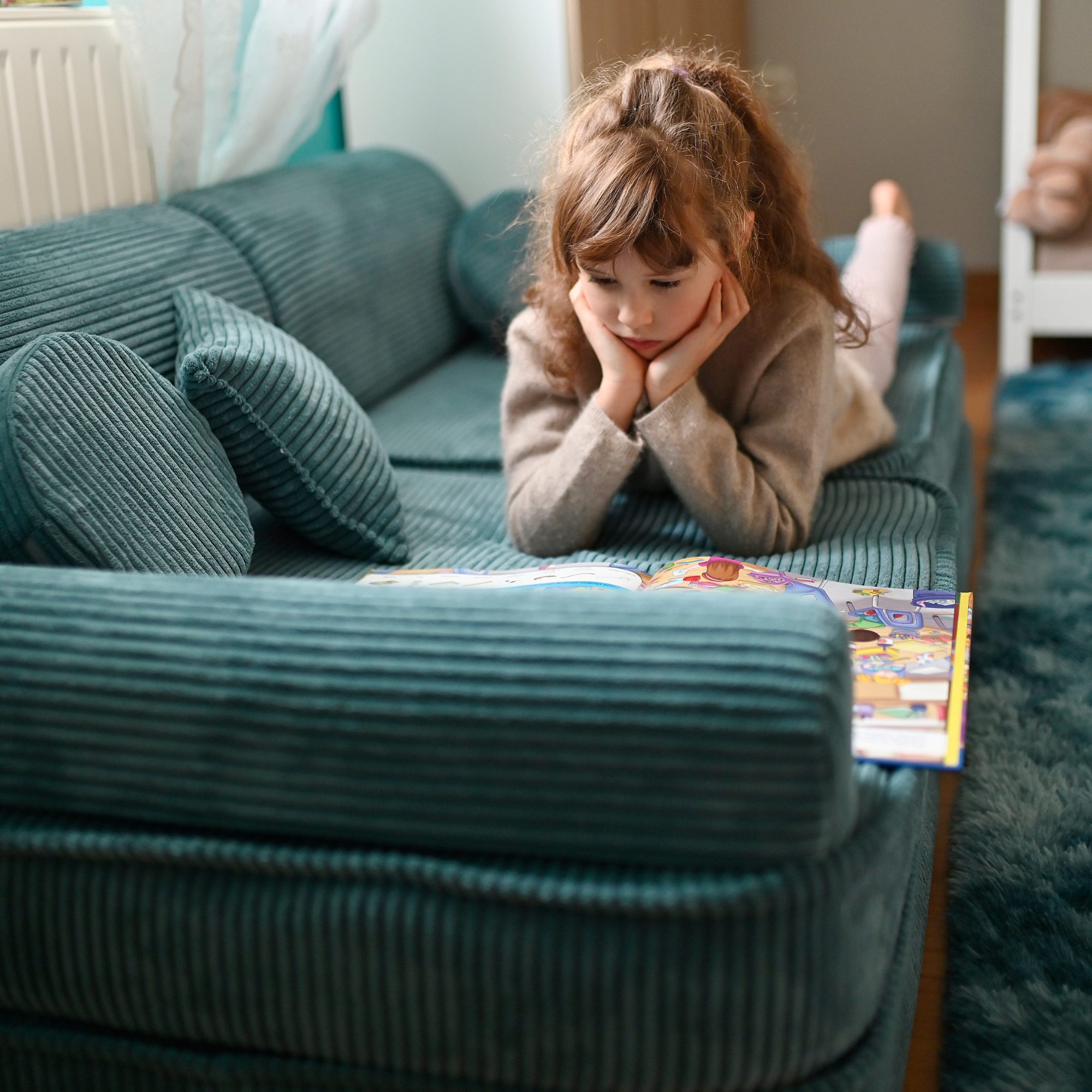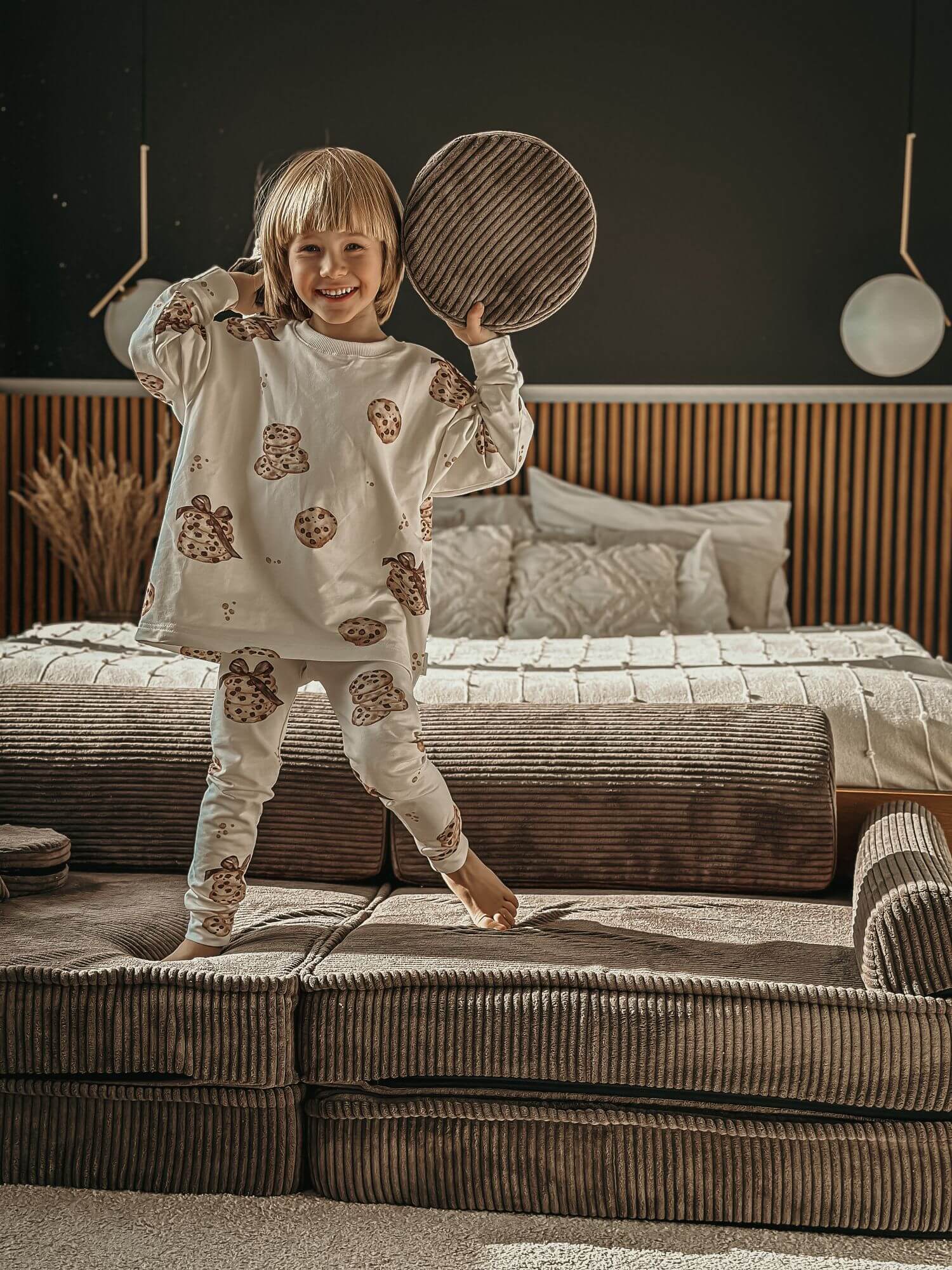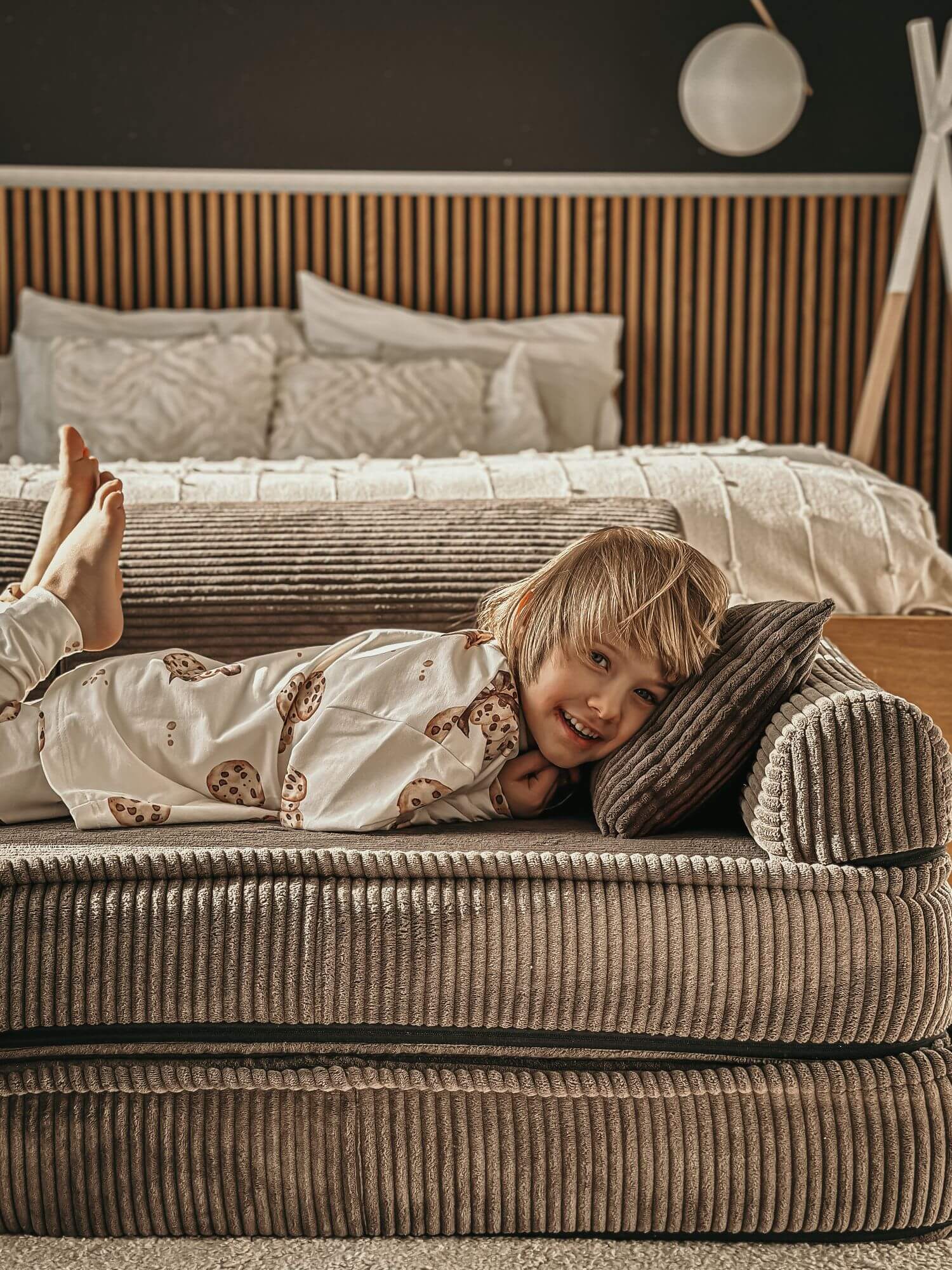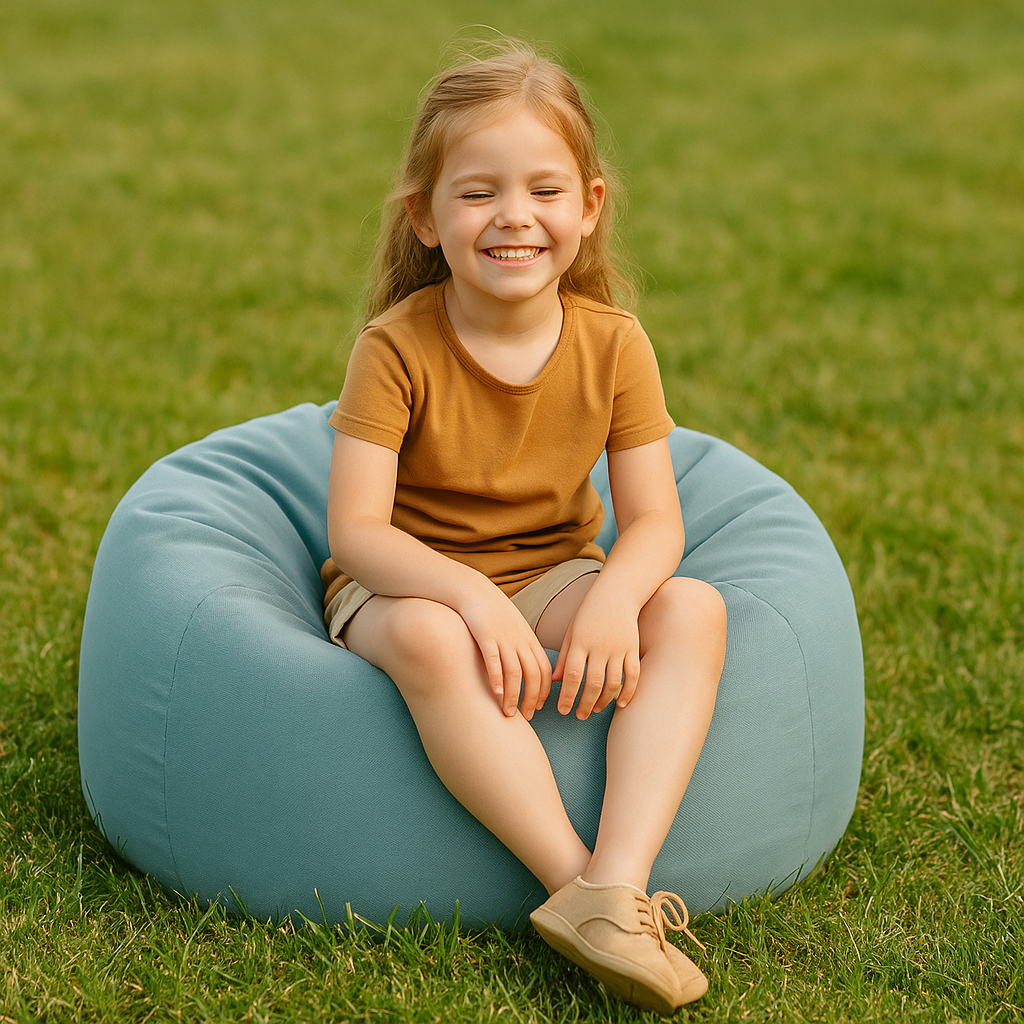
How to Create a Comfort Zone for a Child: A Guide to Relaxation
The environment in which a child grows up has a huge impact on their mood, behavior, and emotional development. Although play and study areas are often a priority in children's rooms, it is equally important to create a designated space for rest and calming down. A safe, cozy, and sensory-friendly relaxation corner helps the child to reduce stress, improve concentration, and develop emotional self-regulation skills.
One of the best ways to create such a space is a selection of soft, adaptive, and child-friendly furniture, such as Play-sofa – modular sofa for children made of foam and covered with a pleasant-to-the-touch fabric. It is not only a comfortable seat but also a multifunctional comfort zone, which can be used for rest, play, and free relaxation.
1. Why does a child need their own relaxation zone?
Modern children experience daily many stimuli, emotions, and intensive learning. Although these experiences are crucial for their development, it is equally important to provide them with a place where they can to rest and process emotions. A designated comfort zone in the child's room allows for:
-
Safe calming and emotional regulation – when a child feels overwhelmed, a soft and friendly environment helps them calm down.
-
Reduction of stress and tension – cozy materials and warm colors promote relaxation.
-
Building the habit of independent rest – the child learns that rest is an important part of daily life.
-
Creating a space for shared moments – a cozy corner is an excellent place for shared reading, conversations, and cuddling.
Well-designed comfort zone can positively affect the child's sleep, concentration ability, and overall well-being.

2. How to design the perfect relaxation spot for a child?
The quiet corner should be cozy, comfortable, and free from excessive stimuli. Here are the key elements worth considering:
Soft and flexible seating – the key to comfort
Choice the right furniture for sitting and resting is key to creating a space conducive to relaxation. Play-sofa is an excellent choice, because:
-
Provides a soft, cushioning space, in which the child can comfortably settle.
-
It adapts to different positions – you can sit, lie down, curl up into a ball, or cuddle with the cushions on it.
-
It is safe and durable – made of foam and covered with soft fabric, ideal for children's needs.
The modular design allows children to to create their own relaxation corners, which additionally supports their independence and creativity.
Muted colors and natural light
Colors have a huge impact on mood and emotions of the child. In a relaxation space, the following work best:
-
Neutral shades – beige, gray, creamy white create a calm and harmonious background.
-
Delicate pastels – muted shades of pink, mint, or light blue help regulate emotions.
-
Earth tones – warm browns and terracotta add coziness to the interior.
Natural light is extremely important – ideally, the comfort zone is located near the window. For evening relaxation, the following are ideal warm, diffused lights, e.g. LED garlands, night lights, or salt lamps.

3. How does the Play-sofa support the child's emotional development?
The environment has a huge impact on emotional well-being the child. Play-sofa it is not only a comfortable piece of furniture – it is also a tool that helps with:
-
Emotional self-regulation – the child can lie on it and calm down when overwhelmed by stimuli.
-
Learning independence – thanks to the modular design, the child can adjust the sofa to their own needs.
-
In shared moments of closeness – a soft, enveloping form encourages shared reading and cuddling.
Thanks to the designated comfort zone, children learn conscious rest, coping with stress, and taking care of one's own emotions.
4. How to maintain a relaxation space in a child's room?
To ensure the relaxation corner fulfills its purpose, it is worth remembering a few principles:
-
Minimalism and order – an organized space promotes calm. You can use baskets for books, boxes for sensory toys.
-
Encouraging use – introducing daily rituals, such as evening reading on the Play-sofa, will help the child get used to moments of relaxation.
-
Adapting the space to the child's age – The Play-sofa grows with the child and can be modified according to their current needs.
-
Introducing new sensory elements – changing textiles, adding a salt lamp or a new book to the bookshelf will diversify the relaxation zone.
Well maintained comfort zone helps the child learn to care for their own calm and emotional needs.

5. Why should every child's room have its own relaxation zone?
Designing a relaxation corner in the child's room is an investment in their emotional health. A soft, friendly space gives the child a sense of security, helps regeneration, and supports sensory development.
The main benefits of the relaxation zone with Play-sofa:
-
It helps regulate emotions and reduce stress
-
It provides a soft, safe space for rest
-
It supports healthy relaxation and sleep habits
-
It creates a sensory-friendly environment
-
It combines functionality, aesthetics, and comfort
Play-sofa is not just a piece of furniture – it is a space where the child feels calm, safe, and happy.
If you want to create the perfect comfort zone for your child, Play-sofa is the best choice that will care for their relaxation and emotional security.










Leave a comment
This site is protected by hCaptcha and the hCaptcha Privacy Policy and Terms of Service apply.